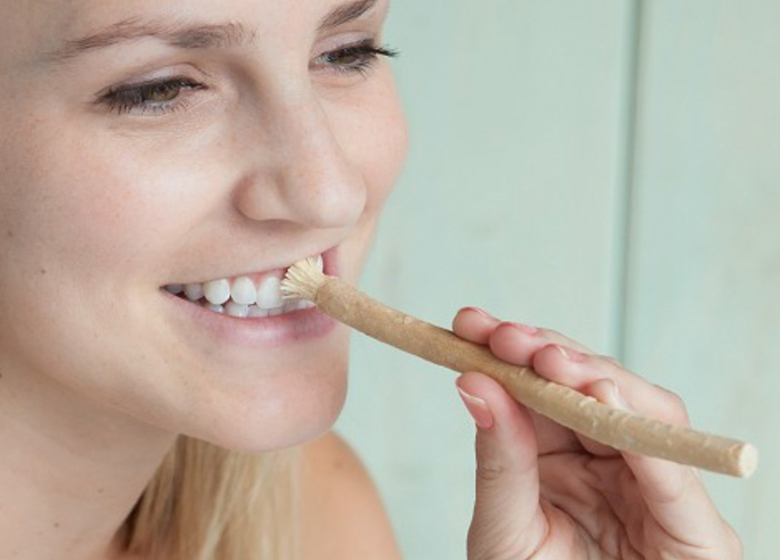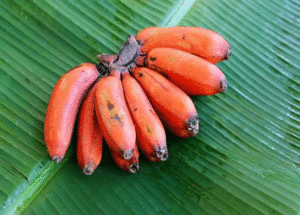Maintain Your Oral Hygiene-Ayurvedic Way
For excellent health, Ayurveda advises regular brushing of your teeth. In ancient times, Indians used the twigs of specific plants and trees as toothbrushes. And in many places, the tradition is still followed. If you compare the oral hygiene of people using ancient brushing methods with that of people using toothpaste and toothbrush, you will notice a huge difference. The incidence of dental caries in people who use branches to clean their teeth is usually lower. But what is so special about oral hygiene-ayurvedic way? Let’s find it out!
In ancient times, the most popular way of cleaning teeth was to use twigs of trees. No unique toothpaste was needed. As the branches themselves contained the medicinal properties needed to clean the teeth and maintain them safe. The bristles formed by chewing the edges of the twigs that stopped the formation of dental plaque.
How To Select The Chewing Sticks (Dattuna)
You should pick twigs from plants with a bitter, pungent, or astringent taste.
The bitter-tasting herbs have antimicrobial characteristics that assist maintain oral hygiene. They also assist fight bad breath and anorexia and awaken the buds of the taste. Neem is an instance of a bitter-tasting herb.
Herbs with pungent taste assistance to improve salivation and wiping out toxins from the mouth. Karanja is one such pungent herb.
Herbs with astringent taste assistance to heal gum injuries or ulcers and combat bad breath. Khadira is an instance of an astringent herb. Acacia catechu.
Some plants you can choose to create your own toothbrush are Karanja, neem, Akra, khadira, kakubha, meswak, Bengal fig, and licorice.
As per Ayurveda, oral cavity hygiene is essential as the digestion of the ingested food starts in the mouth itself. The various parts of the oral cavity are Oshtha (Lips), Dantamoola (gingiva and tooth-supporting structures), Danta (teeth), Jihva (tongue), Talu (palate), Kantha (throat) and Sarvasara (oral mucosa).
Let’s discuss how to keep your oral hygiene-Ayurvedic way
1. Chewing Sticks (Dattuna):
Teeth brushing is essential to remove dental plaque and tartar from teeth that avoid gum disease, cavities, and gingivitis. Ayurveda insists that Dattuna be performed in the morning and also after each meal in order to avoid oral diseases. The chewing sticks should be taken from Neem, Yastimadhu, Arjuna tree, Vata, Vijaysara, and so on. The stems used as Dattuna should be smooth, with no leaves and no knots. The stick can be used as a tongue scraper after squeezing the stick by breaking it into two parts. The Dattuna’s length should be 9 inches and the width should be equivalent to the small finger. The sticks ‘ flavor could be either pungent, bitter, or astringent.
2. Tongue Scrapping (Jivha nirlekhana):
After teeth brushing, it is advisable to scrape the tongue. It is done from the root to the tip of the tongue using metal scrapper. The scraper’s margin should be blunt so your tongue won’t be damaged.
As per your body type, Ayurveda suggests a specific type of metal scraper:
- If your body type is Pitta, then use a silver tongue scraper.
- Also, If your body type is Vata, then use a golden tongue scrapper.
- If your body type is Kapha, then use a copper tongue scraper.
Regular use of tongue scrappers helps to prevent anaerobic bacteria and also reduces bad odor.
3. Teeth and Gums Massaging (Pratisarana):
Massage of teeth and gums using powder or herbal paste or even honey/oil with herbal powder. You can do this by softly rubbing the powder on the gums and teeth with your fingers. The powder might be a combination of honey from Triphala, Trikatu, and Trijata. The advantage of massage is that it removes food debris and plaque as well and is therefore useful for dental and oral hygiene. Dattuna dipped in honey, Trikatu, Trivargha, Saindhavlavana, and oil can be used as a massaging paste, according to Acharya Sushruta. Periodontitis and gingivitis will be relieved by adding turmeric paste, salt with mustard oil. For useful outcomes, you can use this paste to rub and massage teeth and gums twice a day.
4. Oil Pulling (Kavala and Gandoosha):
It is a procedure for the advantage of oral hygiene involving swishing oil in the mouth. Oil pulling’s function is to avoid oral malodor, decay, bleeding gums, throat dryness, better taste, cracked lips, and also to strengthen teeth, gums, and jaw. For this procedure, you may use sunflower or sesame oil. Gandoosha procedure is to fully fill the oral cavity with the liquid and should be kept until lacrimation and nasal discharge occurs and you can spit the liquid out. It can take up to 5 minutes for this method. Whereas in Kavala Graha, only three-fourths of the mouth is maintained for a particular period of a moment with the liquid (about 3 minutes), gargled and then spit out.
It was also indicated that Kavala and Gandoosha protect the oral cavity from inflammation and infection due to its antioxidant property. This is attributed to the mode of action likely to reduce plaque ratings as well as the number of microorganisms in the colony’s oral cavity.The oil’s viscosity inhibits co-aggregation of bacterial adhesion and plaque.
How Efficient Are Herbal Toothpaste?
Many herbal toothpastes that promise the same benefits as twigs are available on the market. These toothpastes are better than those loaded with other chemicals. They help get rid of bad smell, but the effects are temporary compared to twigs.
Good oral hygiene, one of the behavioral rasayanas Ayurveda recommends, is part of cleanliness. You can make yourself and others around you more comfortable by following these recommendations. If your breath doesn’t get better, however, see an Ayurvedic doctor who can get to the root of the problem.
Also Read: Teething Or Your Baby Is Sick?













